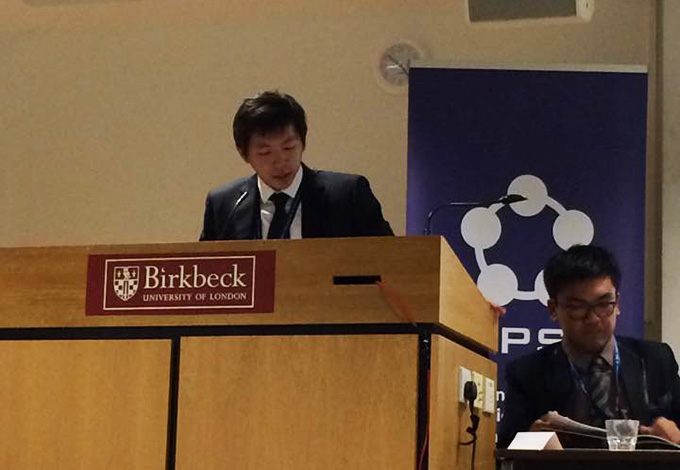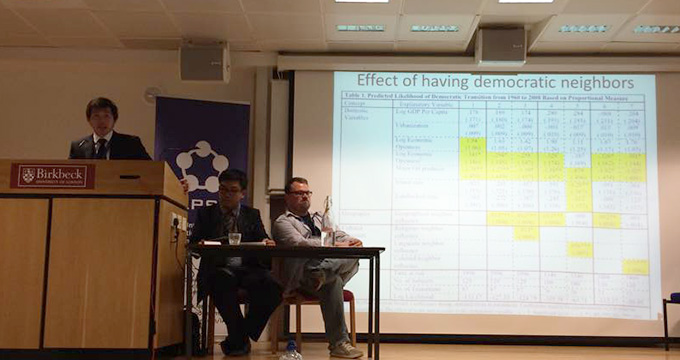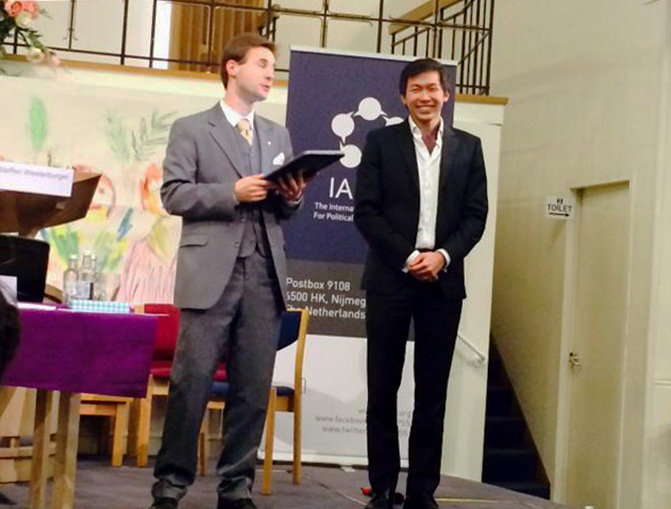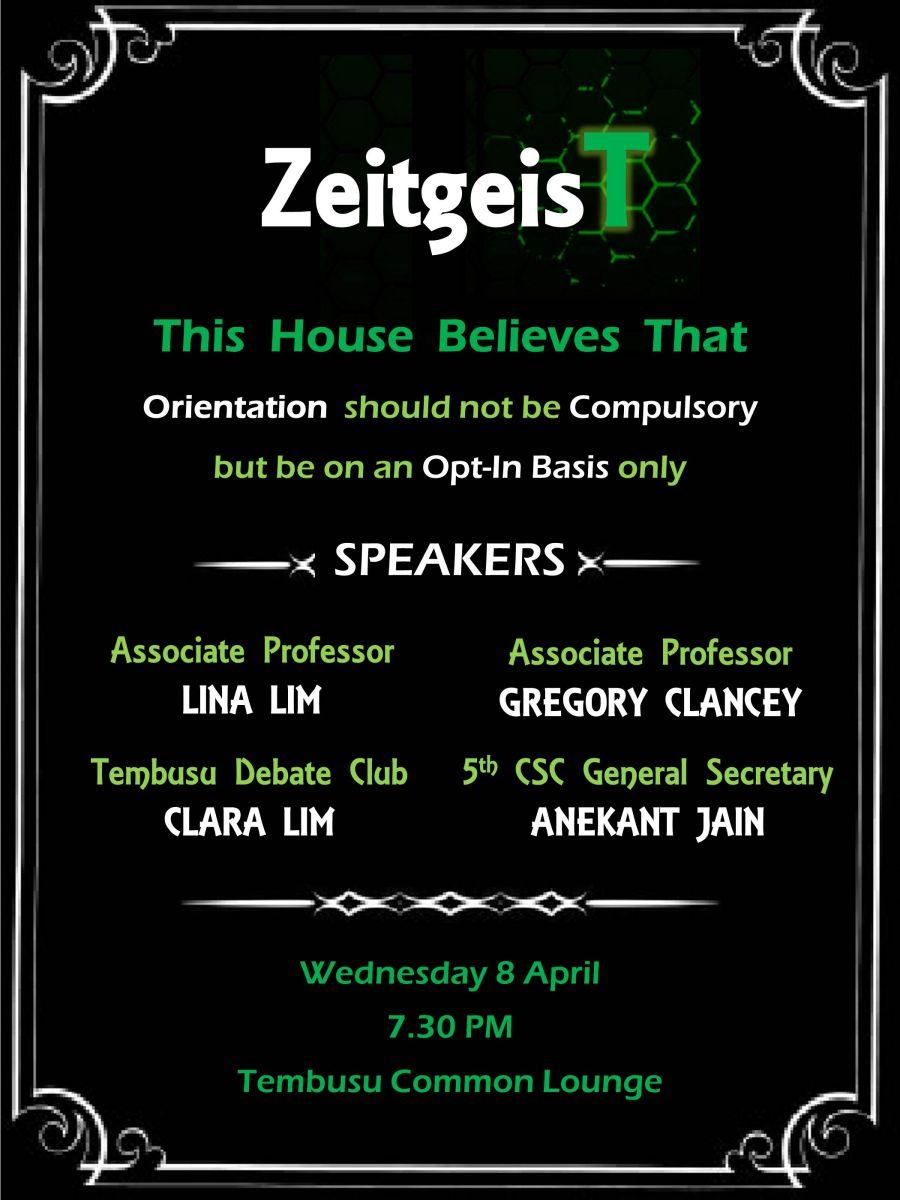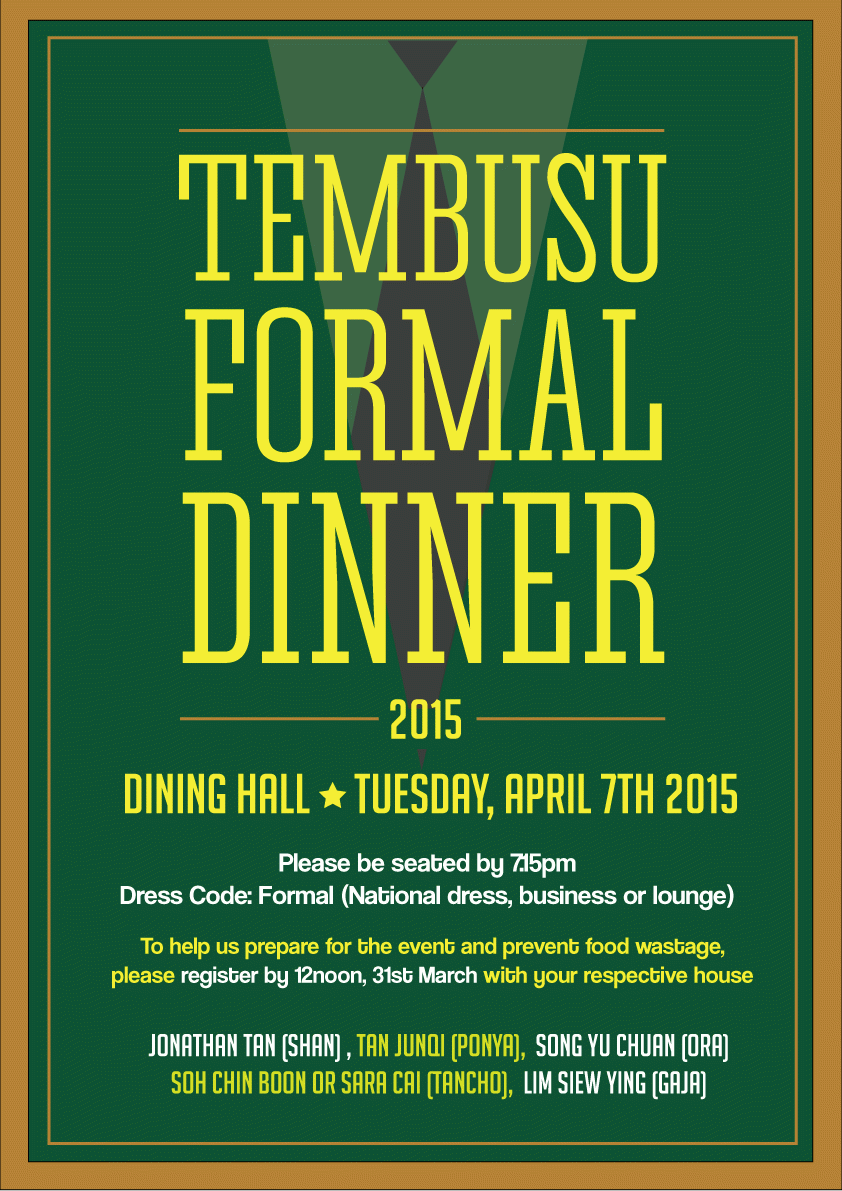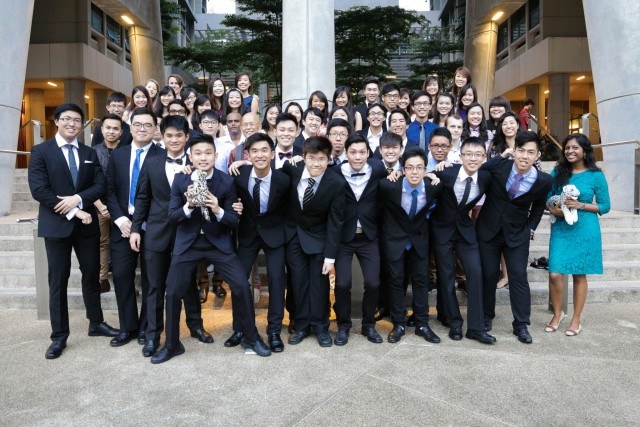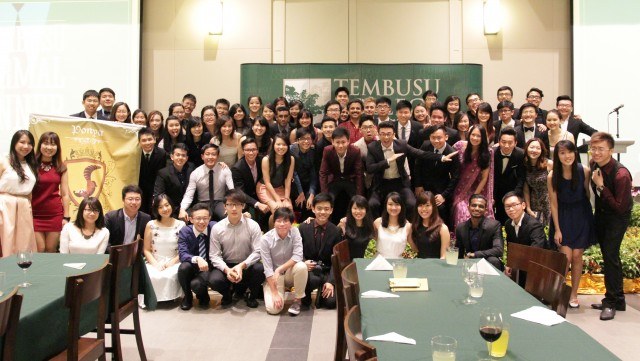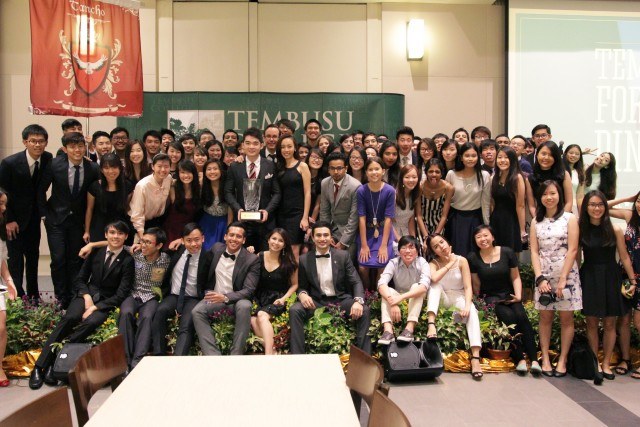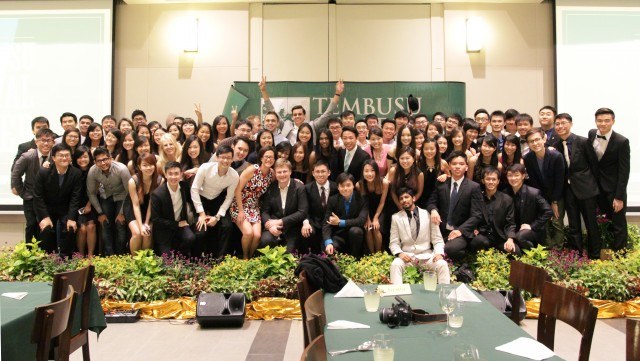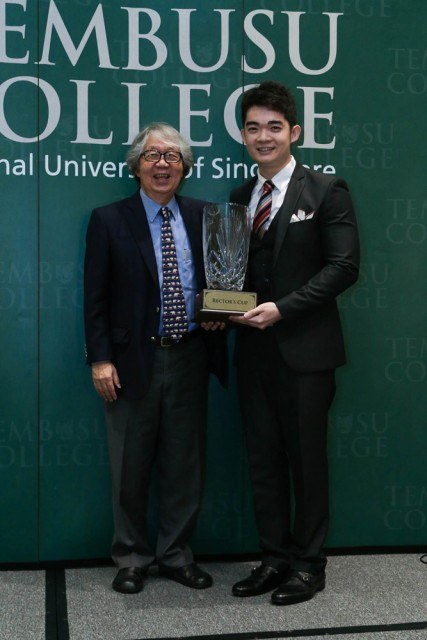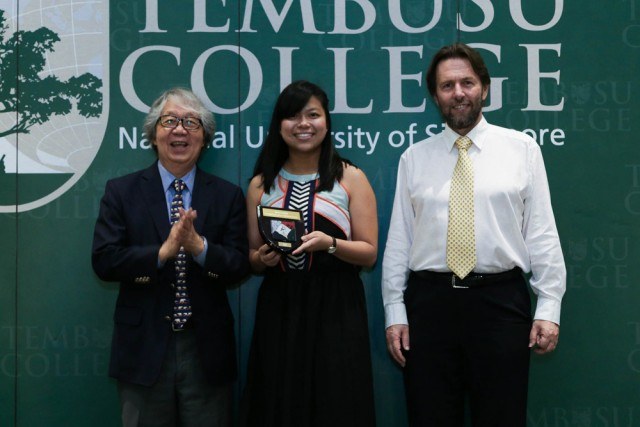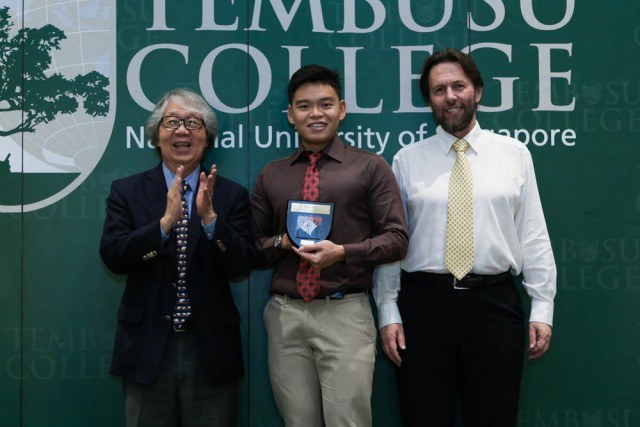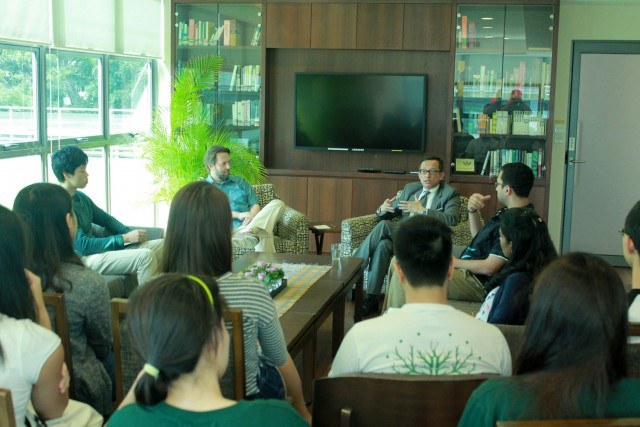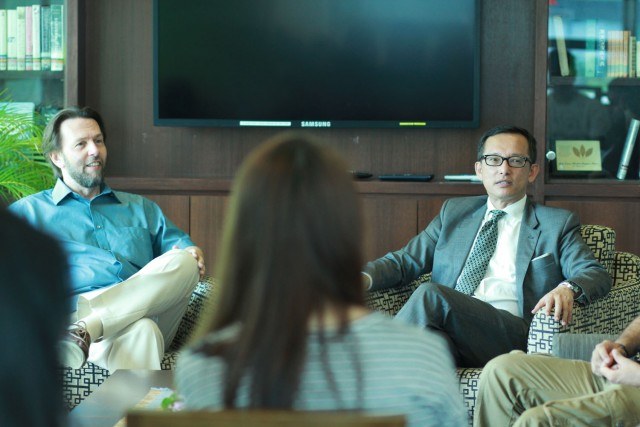Professor Tommy Koh’s Speech at Book Launch: Through the Lens of Lee Kip Lin, Photographs of Singapore, 1965-1995
Book: Through the lens of Lee Kip Lin, Photographs of Singapore, 1965-1995
Author: Dr Lai Chee Kien
Date and Venue: Tuesday, 28 April 2015 at the National Library
Guest-of-Honour: Professor Tommy Koh
Honorary Chairman,
National Heritage Board
Talking Points
1. First, I would like to thank Mrs Lee Kip Lin also known as Madam Ong Li Ming, for generously donating to the National Library Board, her husband’s legacy of photographs, slides, negatives, maps, prints and books. We are very grateful to you and your family for this precious donation.
2. Second, I would like to praise Lee Kip Lin. He was born in Singapore in 1925 and passed away in 2011, at the ripe old age of 86. He studied architecture in London and returned to Singapore in 1956. He spent his life practising architecture, teaching architectural students, researching and writing. He published three books: (i) Telok Ayer Market: A Historical Account of the Market from the Founding of the Settlement of Singapore to the Present Time in 1983; (ii) Emerald Hill: The story of a Street in words and Pictures in 1984; and (iii) The Singapore House: 1819-1942, in 1988 which I consider his magnum opus.
3. I would like to highlight this evening, Lee Kip Lin’s contributions as a historian and photographer of our built heritage. I think I can say that Lee Kip Lin loved Singapore. He must have worried that, with urban renewal and the unstoppable trend to replace the old with the new, we were in danger of losing so many of the buildings, streets and neighbourhoods which he loved. He therefore photographed them and wrote about them. We owe Lee Kip Lin a debt of gratitude for documenting our built heritage.
4. Third, I would like to praise the author, Dr Lai Chee Kien. Chee Kien is an architect, a lecturer and a historian of art and architecture. He is also a good friend. He is the author of three books and the co-author of a graphic novel. During the last Biennale, Chee Kien created a small replica of the façade of the National Theatre which used to stand on River Valley Road. It won many admirers. I would like to thank Chee Kien for going through close to 15,000 slides and choosing 500 photographs for this book. He has done a good job.
5. Fourth, I would like to thank the 2 co-publishers of this lovely book. The NLB team consists of Francis Dorai, Wong Sook Muoi, and Stephanie Pee. The EDM team consists of Didier Millet, Sng Siok Ai, Felicia Wong and Sin Kam Cheong. May I ask the members of the 2 teams to stand?
6. Fifth, I have been asked to say a few words about my memories of places which have played an important role in my life. I grew up in a small but charming house at 38 Shanghai Road. My mother sold the house and it has been replaced by a block of flats. Before the house was demolished I commissioned Ong Kim Seng to do a painting of the house. He did a superb job. After the war, I attended a Chinese school on Outram Road called Kong Shang. It has disappeared. After struggling in Kong Shang, I left the Chinese stream for the English stream and spent a year at St Joseph’s Institution on Bras Basah Road. I am glad that it has survived and is the home of the Singapore Art Museum. I then joined the Outram Primary School, which has also disappeared.
7. From Outram, I went to the Raffles Institution which was then located on Bras Basah Road. I must confess that, every time I am in Raffles City, I suffer a slight pang of regret that my old school had to make way for it. From RI, I went to study law at the University of Malaya, which was then located at the Bukit Timah campus. I am glad that the campus has been gazetted as a national monument and the Law Faculty has moved from Kent Ridge to its original home.
8. My wife has told me that when I was courting her, I would often take her to the Esplanade for a walk, followed by dinner at Lau Pa Sat or the Telok Ayer Market. I am glad that this market has survived.
9. As a young man, I used to attend concerts at the Victoria Memorial Hall as well as art exhibitions at the same venue. I am happy that Victoria Theatre and Victoria Concert Hall have been preserved and have been beautifully restored.
10. RI was only a stone’s throw from Capitol Theatre. We used to frequent that movie theatre. I did not cut any class in order to sneak into Capitol Theatre. Scouts honour! I am also very pleased that Capitol Theatre has been preserved and will soon re-open as a venue for the performing arts.
11. From RI, we would also walk over to the Raffles Library and Museum, on Stamford Road, to study. The building now houses the National Museum. I was thrilled to speak at the re-opening of the museum as the then Chairman of NHB.
12.From RI, I used to walk over to the Legislative Assembly at Empress Place to hear two great orators, Lee Kuan Yew and David Marshall, debate each other. The old Parliament House has been reborn as the Arts House.
13.I think I will close with this story. I was the Chairman of NHB for nine years, from 2002 to 2011. When the judges moved out of the old Supreme Court and City Hall into their new space-age looking building designed by Lord Foster, I was concerned that the Government might consider re-using the buildings as a hotel or for some other commercial purpose. Given the histories of the two buildings, I felt that the most appropriate thing to do was to turn them into a new National Gallery. I submitted such a proposal to the cabinet although my then CEO, Mrs Lim Sook Peng, warned me that I was unlikely to succeed. I was thrilled when the PM announced in 2005 that the two historic monuments will be turned into a new national gallery. Like all of you, I eagerly look forward to its opening in November. I am convinced that it will be a great success.
14.Thank you very much.
. . . . . . .



